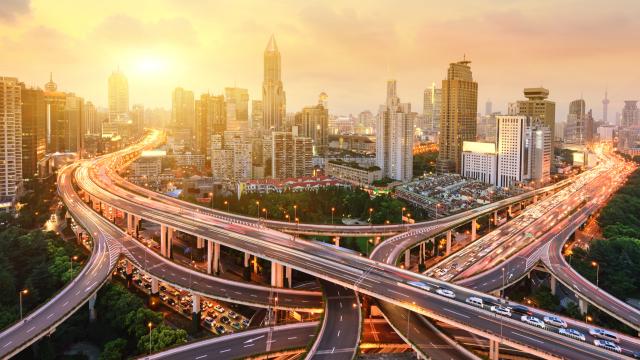
Unprecedented efforts to install renewable power capacity have only translated into meeting 2% of global energy demand, meaning the world’s overwhelming reliance on fossil fuels shows no sign of abating.
A new report forecasts that coal, oil and gas will still contribute about 85% of primary energy supply by 2040, compared with 90% today, jeopardizing efforts to contain the worst impacts of climate change.
Energy consultancy Wood Mackenzie said 1 terawatt of installed solar and wind capacity makes up around 8% of total power generation as of 2019. This equates to just a fraction of total energy consumption.
“The world risks relying on fossil fuels for decades to come,” the report said.
It forecasts carbon emissions will continue to rise, with their growth only slowing in the 2030s. This will put the world far off course in meeting the Paris climate goals, to limit global warming to well below 2 C, despite growing political momentum to prevent climate change.
Energy demand, led by swelling populations in emerging economies in Asia and Africa, will increase by at least 25% by 2040. Yet carbon emissions would need to halve over the same period to comply with the Paris accord, posing a huge challenge for energy systems.
“This is a wake-up call for governments and the energy industry,” said David Brown, one of the authors of the report, adding that policymakers needed to work more closely together despite some world governments such as the U.S. moving away from multilateral diplomacy.
While there is much focus on creating renewable electricity, Brown said greater attention needs to be paid to clean up sectors like aviation and shipping. Governments also need to take the lead in developing low-carbon technologies, rather than the private sector, given the scale of what needs to be achieved.
“If the world wants to decarbonize, they need to take a leap, and come up with targeted policies,” he said.
The cost of renewable power is falling rapidly and it is the fastest growing source of energy supply globally. But reaching a fuel mix whereby 50 % or more of energy demand is derived from solar and wind would require huge changes to infrastructure—from power storage systems to modernized grids.
Last year new installations of renewable power were flat, compared with the prior year, underscoring a slowdown in the sector because of subsidy cuts and policy changes.
The report comes just after UN secretary-general António Guterres wrote to heads of state round the world, urging them to adopt plans to reach net zero emissions by 2050.
“Preventing irreversible climate disruption is the race of our lives,” he said on Thursday. “We need to cut greenhouse gas emissions by 45% by 2030.”
Recommended Reading
NOG Closes Utica Shale, Delaware Basin Acquisitions
2024-02-05 - Northern Oil and Gas’ Utica deal marks the entry of the non-op E&P in the shale play while it’s Delaware Basin acquisition extends its footprint in the Permian.
California Resources Corp., Aera Energy to Combine in $2.1B Merger
2024-02-07 - The announced combination between California Resources and Aera Energy comes one year after Exxon and Shell closed the sale of Aera to a German asset manager for $4 billion.
DXP Enterprises Buys Water Service Company Kappe Associates
2024-02-06 - DXP Enterprise’s purchase of Kappe, a water and wastewater company, adds scale to DXP’s national water management profile.
Pioneer Natural Resources Shareholders Approve $60B Exxon Merger
2024-02-07 - Pioneer Natural Resources shareholders voted at a special meeting to approve a merger with Exxon Mobil, although the deal remains under federal scrutiny.
Parker Wellbore, TDE Partner to ‘Revolutionize’ Well Drilling
2024-03-13 - Parker Wellbore and TDE are offering what they call the industry’s first downhole high power, high bandwidth data highway.





